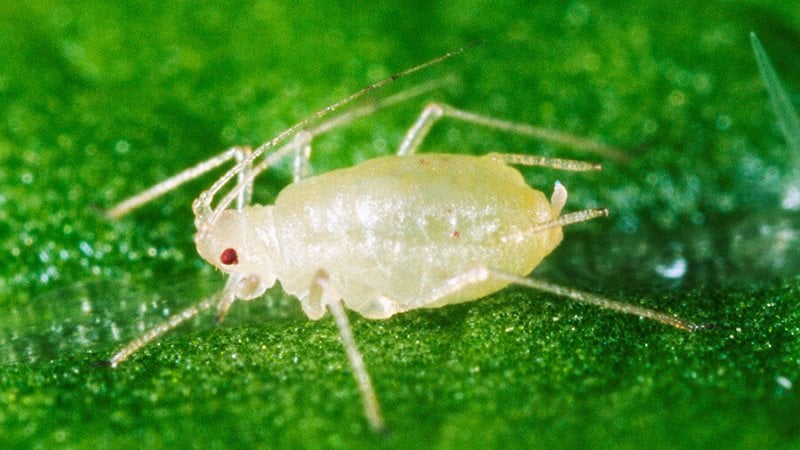A mild autumn and winter combined with a build-up in aphid numbers since the loss of neonicotinoid seed treatments has resulted in the highest level of Turnip Yellows infection ever seen in the UK this year.
The average rate of infection this spring was 84%, compared to just 49% last year, however, more worryingly still the virus is showing high levels in areas not traditionally seen as hotspots.
Limagrain’s annual [turnip yellows virus] TuYV survey reveals the virus, which is spread by the peach potato aphid and is largely symptomless in oilseed rape crops, is being seen in increasing levels in the North, and is also starting to be seen in the West.
“We are seeing 60% infection rates in Aberdeen, which is very northern for the virus, and while we used to see an infection rate of 10% in Cornwall, now it is much higher,” says Vasilis Gegas, Limagrain’s European portfolio manager for oilseed rape.
…
Although a harsh autumn and winter could control aphid numbers, the longer the industry is without effective chemistry the more the virus is being allowed to build up ….
Read full, original article: TuYV survey reveals highest-yet infection level































